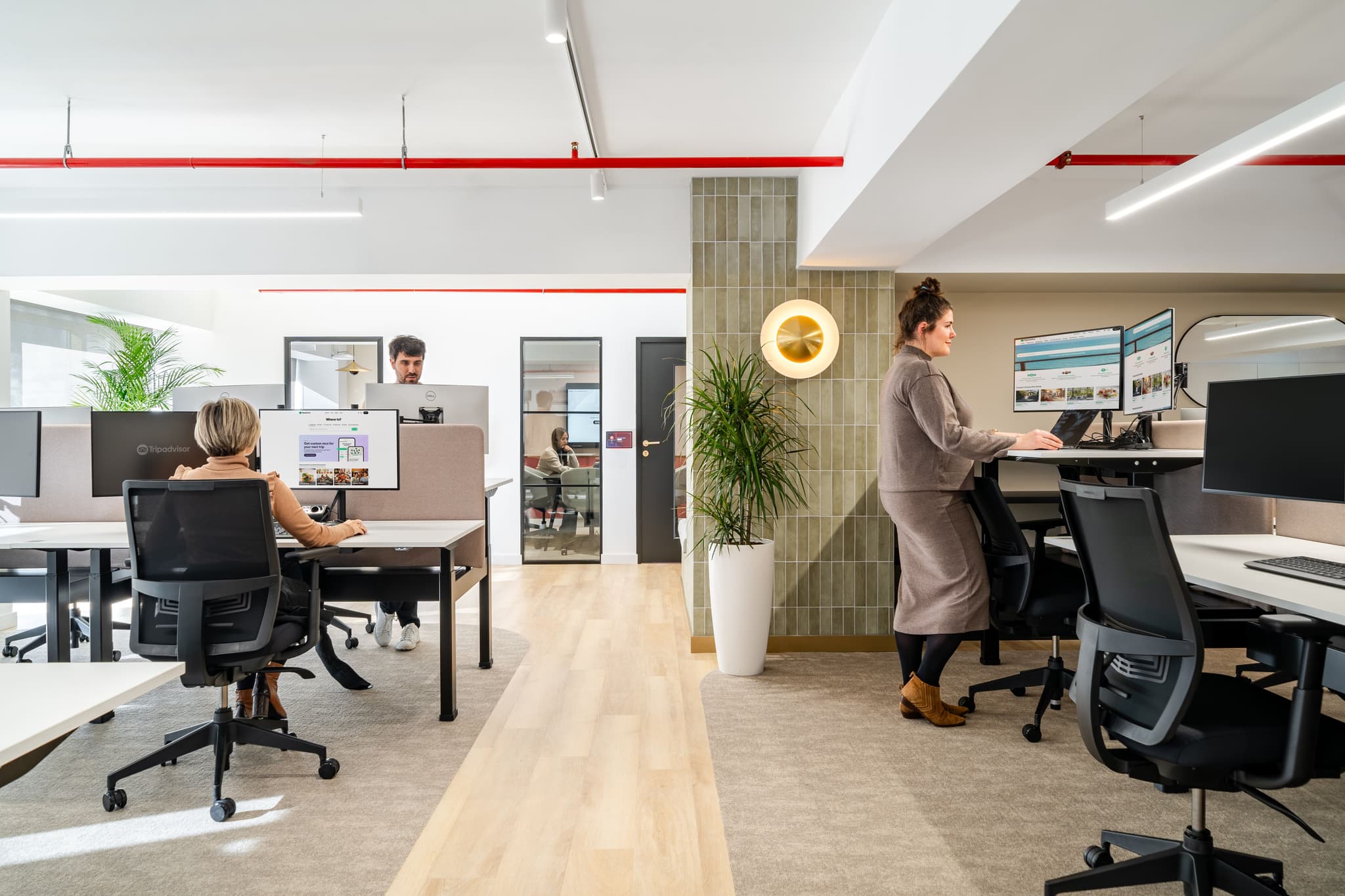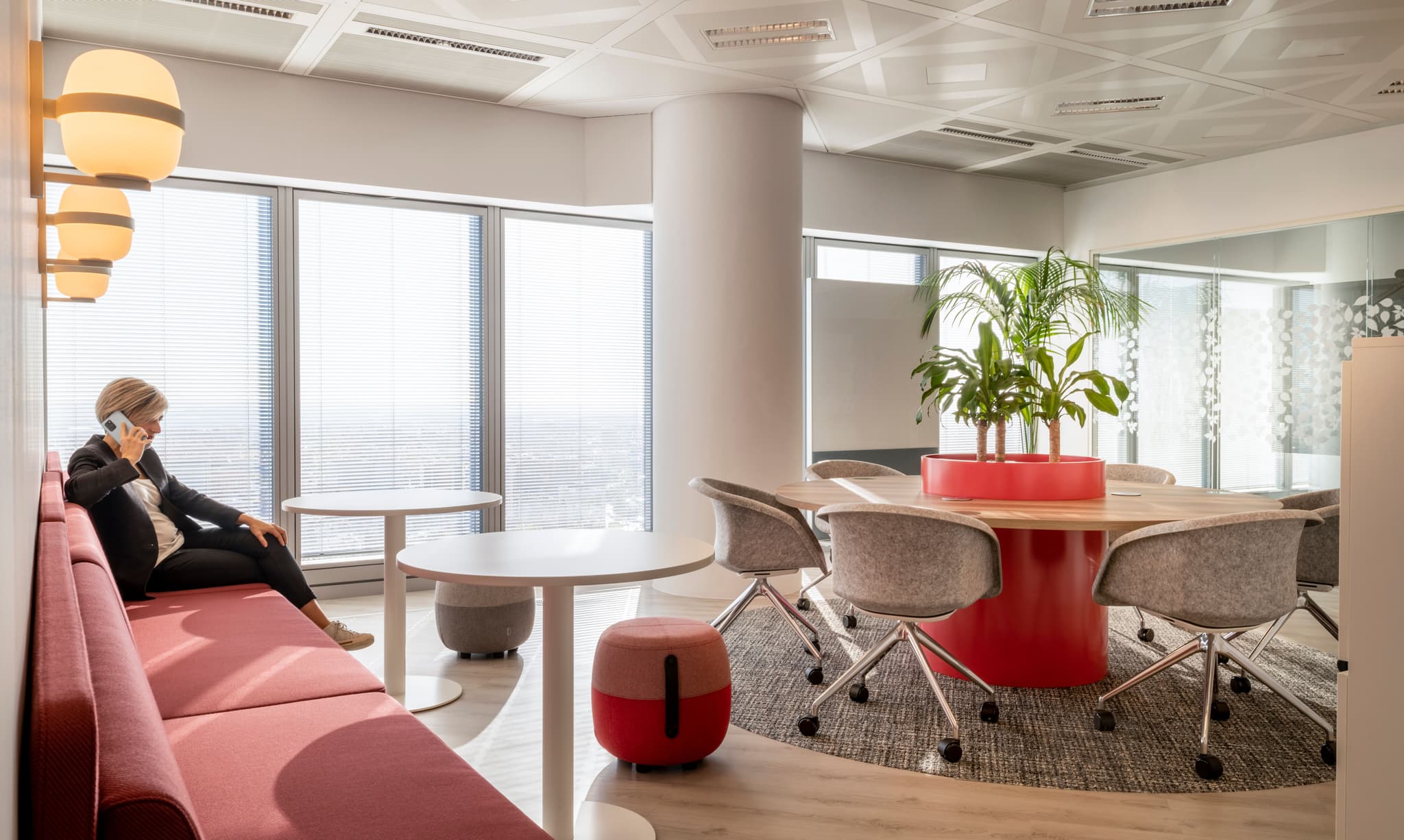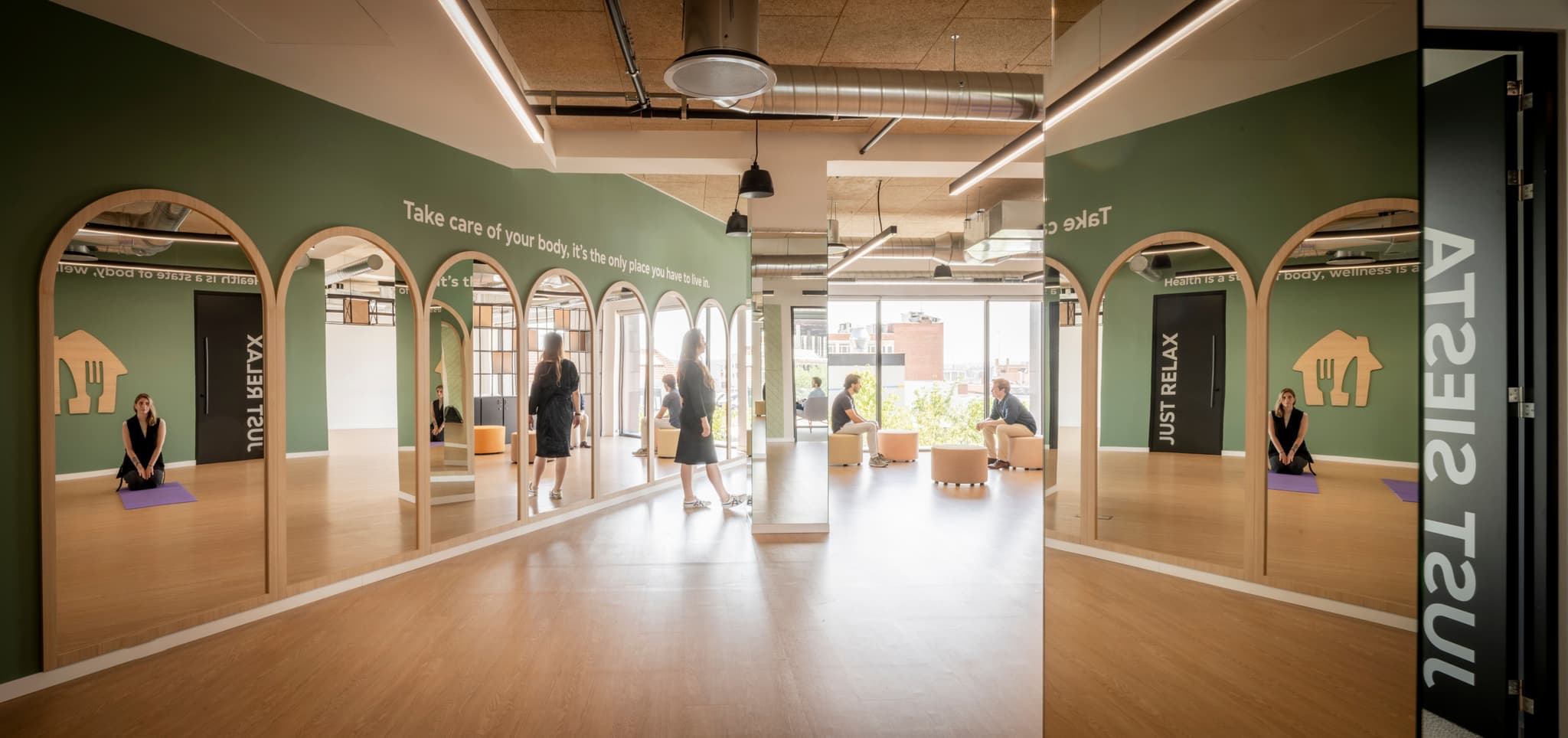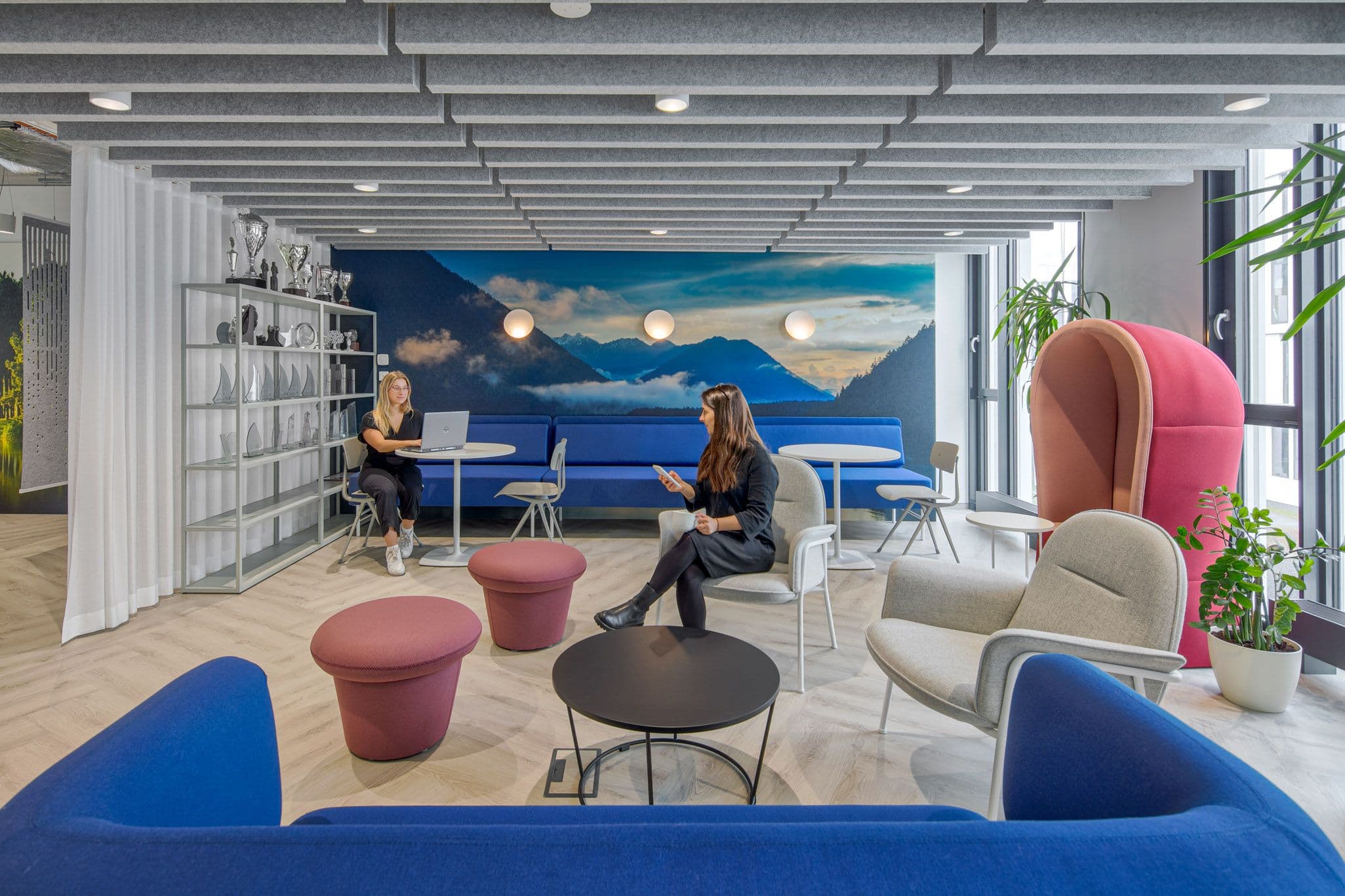1. Unispace's mission revolves around creating experiential spaces that foster connections and success. How do you approach this mission when designing workplaces, and how do you ensure that the spaces you create align with both functional and emotional needs of the people using them?
At Unispace, we design with purpose—creating spaces that go beyond function to support meaningful human connection. We begin by understanding the daily rhythms and emotional needs of the people who will use the space: how they work, collaborate, and recharge.
Our method combines data-driven analysis with design thinking. We assess how different teams operate, then design environments that are not only efficient but also inspiring and emotionally resonant. This includes optimizing lighting, acoustics, and ergonomics, alongside integrating elements that promote comfort, belonging, and community.
We craft environments—whether community hubs, quiet zones, or flexible collaboration areas—that support both well-being and brand identity. Materials, textures, and spatial layout are chosen to evoke the right moods and behaviors.
By aligning space with purpose, we help clients achieve both cultural cohesion and business success.

2. How does Unispace integrate sustainable materials and practices into workspace design, and what do you consider when selecting materials for longevity, functionality, and environmental impact?
Sustainability is embedded in every phase of our design and delivery at Unispace. Our material selection follows three pillars:
- Longevity: We use durable, performance-tested materials like Forbo’s Marmoleum (a CO₂-neutral linoleum flooring) and Milliken carpet tiles, which reduce the need for replacement over time.
- Functionality: Material choice depends on user behavior. For example:
+ Autex acoustic panels (made from recycled PET) for sound control.
+ Krion solid surfaces for hygienic kitchens and wash zones.
+ Optima demountable partitions for long-term flexibility.
- Environmental Impact: We prioritize:
+ Low-VOC products like Graphenstone paints.
+ Recycled-content flooring such as Interface carpet tiles (made from reclaimed fishing nets).
+ FSC-certified timber and Cradle-to-Cradle certified products.
+ Partnerships with companies like Tarkett and Kvadrat to enable closed-loop recycling.
Whenever possible, we source locally to cut transport emissions and support regional economies.

3. As workplaces evolve, how do you ensure your designs support both individual well-being and overall business goals? Can you share how sustainable materials play a role in this balance?
We strike this balance by combining wellness-driven design with smart, sustainable materials. This includes:
- Bringing in natural light and acoustic comfort.
- Using low-VOC finishes, FSC-certified wood, and recycled materials to boost air quality and durability.
- Enhancing focus in collaborative zones with recycled PET acoustic panels—an eco-conscious solution that improves sound and concentration.
Our designs help businesses build healthier, happier teams while reinforcing their brand values and long-term ESG goals.

4. How do you assess the environmental impact of materials and ensure your choices support a circular economy?
We evaluate each material across its entire lifecycle—from sourcing to end-of-life—using EPDs, embodied carbon metrics, and third-party certifications.
To foster a circular economy, we:
- Choose recycled-content products like Interface carpet tiles.
- Use Cradle-to-Cradle certified materials (Ege, Kvadrat).
- Opt for FSC-certified timber in joinery.
- Specify reusable acoustic pods from Framery or Hush Office (Haworth).
- Partner with Tarkett and Forbo, who support closed-loop systems.
These strategies help us design interiors that are responsible, adaptive, and aligned with ESG objectives.

5. Could you walk us through the material selection process? How do you ensure the materials meet aesthetic, functional, and sustainable goals?
We start with a deep dive into the client’s brand and culture, aligning finishes with their values and use-case.
Functionality-wise, we assess:
- Durability
- Maintenance
- Acoustic and fire performance
From a sustainability lens, we prefer:
- Low-VOC, recycled-content, and FSC-certified materials
- Suppliers who offer take-back programs and circular solutions
This ensures every material contributes to a future-proof, functional, and visually aligned workplace.

6. What challenges do you face when using sustainable materials in large-scale office projects, and how do you manage cost and client expectations?
Challenges include:
- Availability: Sustainable materials can be harder to source in bulk.
- Cost: Some eco-options are more expensive upfront.
- Perception: Clients may question the trade-offs.
Our solutions:
- Build early relationships with vetted suppliers.
- Educate clients on lifecycle value—higher upfront cost can mean long-term savings.
- Use hybrid solutions, applying high-impact sustainable materials in key areas and cost-effective ones elsewhere.
This transparent, collaborative approach helps clients make informed, responsible choices.

7. How do you envision the future of sustainable office spaces, and how is Unispace preparing for this evolution?
The future is rooted in flexibility, circularity, and human-centric design. Offices will become modular ecosystems that enhance health, adaptability, and environmental impact.
Trends we’re watching:
- Carbon-negative and biodegradable materials
- Smart materials that adapt to their environment
- Design for disassembly and reuse
At Unispace, we are:
- Partnering with innovative suppliers like Interface, Milliken, Desso
- Embedding circular economy principles
- Using data tools to create efficient, responsive layouts
- Designing modular solutions that evolve with business needs
The goal is not just sustainability—but resilience, wellness, and agility.








